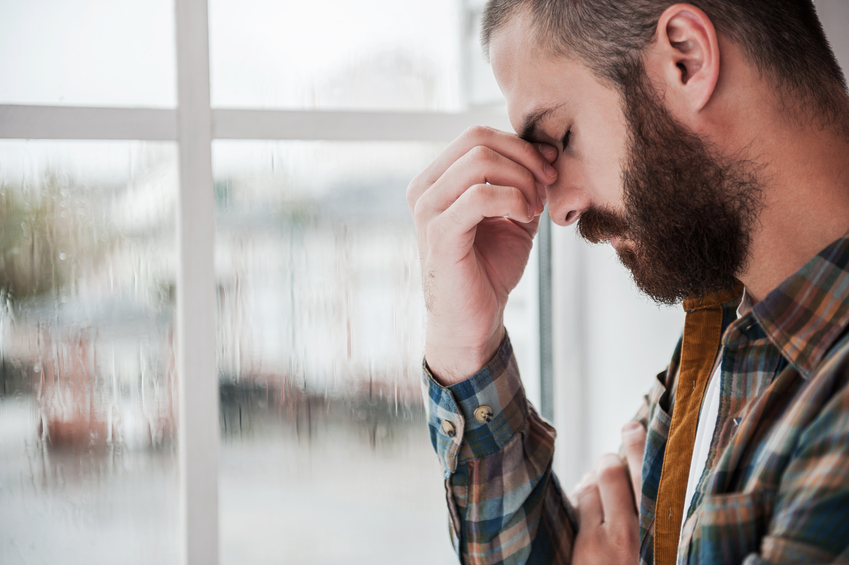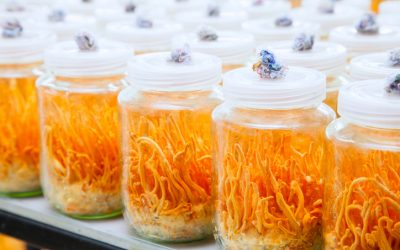Traditional Chinese Shrub, Camelia Euphlebia, and its Use as an Anti-anxiety and Antidepressant Remedy
The prevalence of mental disorders and emotional illnesses encompass 12.3% of global diseases, and this rate is only expected to rise in the future. Spearheading the burden of these diseases, depression and high levels of anxiety are the most predominant mental illnesses. With such commonality around the medical field, antidepressant and anti-anxiety medications are constantly developed within the pharmaceutical industry. Amidst the numerous drugs available to the public, a plethora of potentially harmful side effects accompany these prescriptions including weight gain, potential dangers to the heart, sexual dysfunction, and interactions between medications that can lead to severe complications. Chinese medicinal plants are explored as options to treat these mental illnesses with a more effective and less harmful mechanism. A very recent Chinese research study implemented the use of Camellia euphlebia to treat inflated anxiety and depression in mice in the hopes to apply its usage to humans suffering from such behavioral disorders.
Camellia euphlebia is a traditional Chinese shrub more commonly referred to as Fortune’s Yellow Camellia. This evergreen plant is found in southern China and has already been characterized as a homeopathic remedy for high blood pressure, diarrhea, menstrual dysfunction, and oral inflammation. Subsequent research hypothesizes that this medicinal plant maintains benefits for carcinogenic exposure, antioxidant capabilities, and the ability to lower glucose and lipid levels within the body. These researchers sought to newly utilize the leaf extract to deduce pharmacological data and potential mechanisms for the treatment of anxiety and depression in mice. The safety and efficacy of this treatment was also investigated to support its usage with humans.
In terms of safety, no deaths were reported at the dosages administered of Camelia, indicating low toxicity levels and no present adverse symptoms. Additionally, high dosages of this plant were shown to induce sedative like reactions in the mice. To gauge the effects of this treatment on anxiety levels, a light-dark box and maze test was employed, which both indicate reactions to internal conflict and altered surroundings. Depression was measured through activity tests and other behavioral models that test hopelessness and despair in rodents. Results exhibited dose-dependent responses to Camelia in terms of the ability to overcome potentially depressing behavioral models. Mice that received the highest level of treatment displayed the best outcome when subjected to these tests.
Findings of this study displayed the incredible overlap between anxiety and depression, which makes treatment very collaborative between the two disorders. It is hypothesized that anxiety might be a precursor for the development of depression. Further researcher will infer the specific components of this plant extract that target anxiety and depression neurotransmitters in the brain. Potential mechanisms for healing these mental disorders rely on stress-related hormones released in the brain in conjunction with amino acid receptors that allow humans to feel signs of mental distress. Further investigation into the chemical components of Camelia euphlebia and its mechanism to treat depression and high anxiety in clinical circumstances may affirm the use of this traditional Chinese plant to alleviate common mental disorders.
Dongye He, Ping Zhang, Xinxing Luo, et al., “Evaluation of the Anxiolytic and Antidepressant Activities of the Aqueous Extract from Camellia euphlebia Merr. ex Sealy in Mice,” Evidence-Based Complementary and Alternative Medicine, vol. 2015, Article ID 618409, 8 pages, 2015. doi:10.1155/2015/618409



